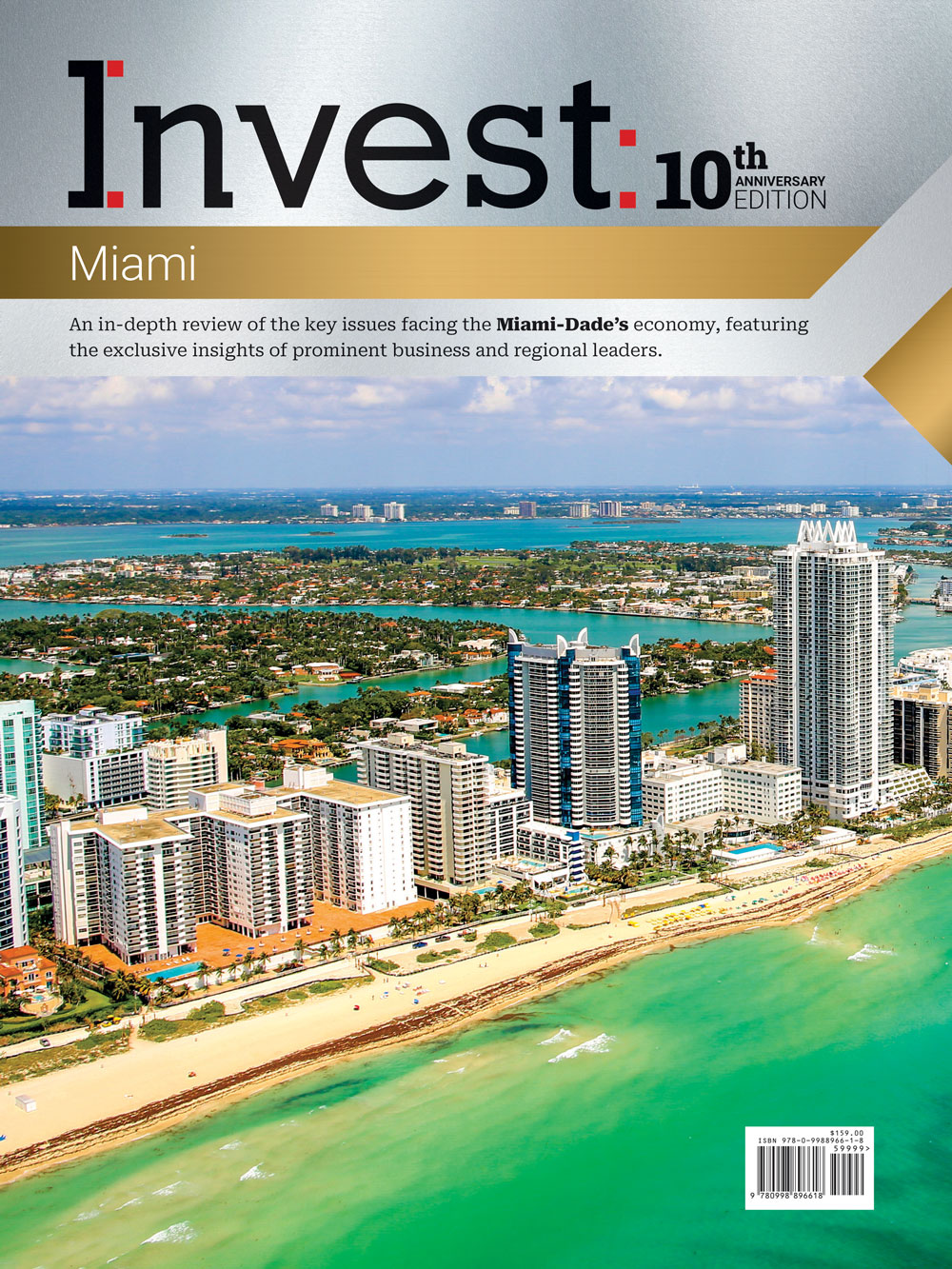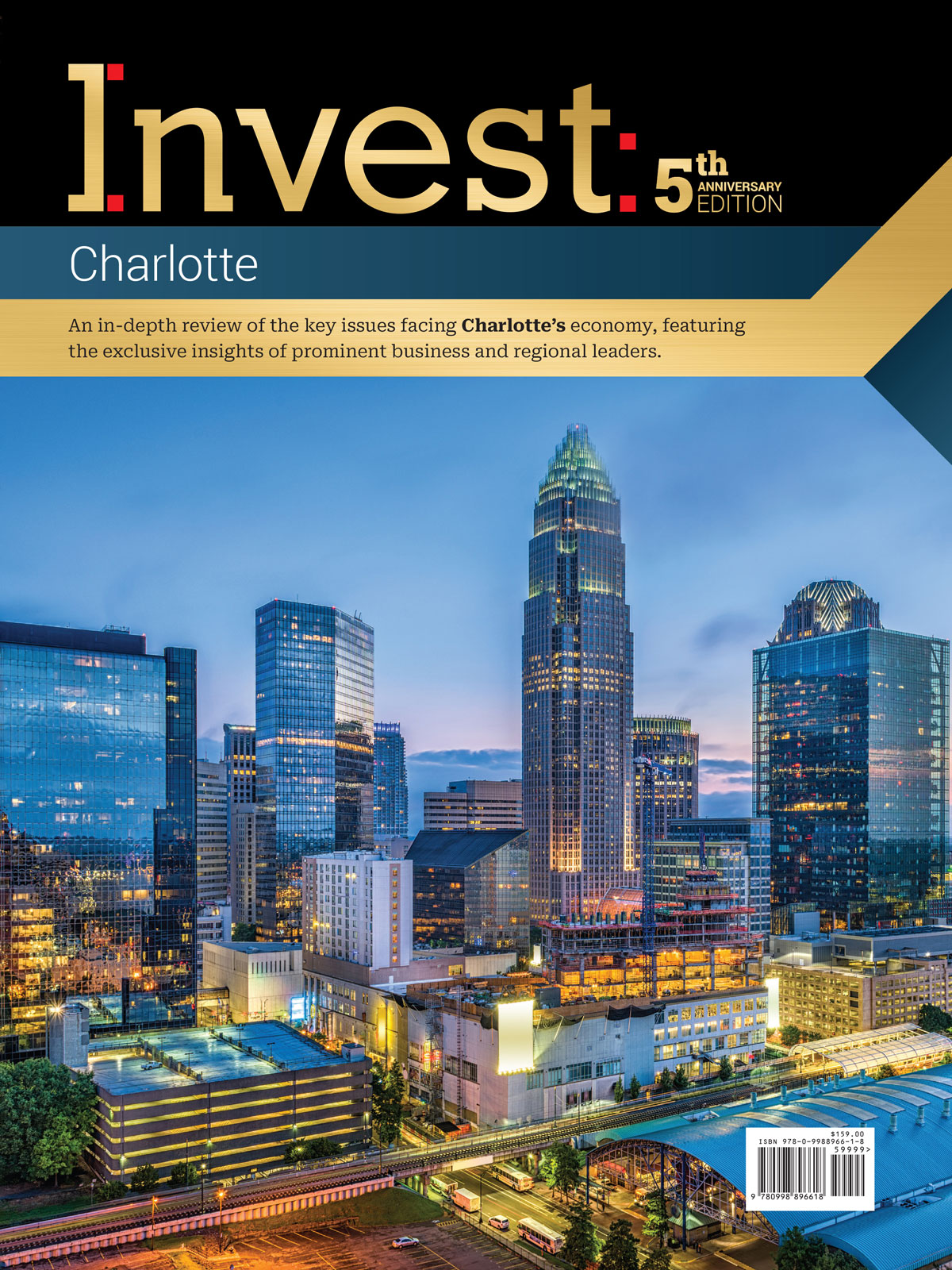Understanding how development is shifting in Tampa Bay
Writer: Jerrica DuBois
 November 2023 — The Tampa Bay region being positioned for future purposeful growth was a key takeaway from the first panel discussion at the recent Invest: Tampa Bay Launch Conference.
November 2023 — The Tampa Bay region being positioned for future purposeful growth was a key takeaway from the first panel discussion at the recent Invest: Tampa Bay Launch Conference.
The panel, titled “Smart Growth: The developments, projects and actions that have, and will continue, to shape Tampa Bay,” focused on public-private partnership, developing a skilled workforce, and areas for potential growth in the region. It was moderated by Bemetra Simmons, president and CEO of the Tampa Bay Partnership. Sarah Combs, executive director and CEO of the University Area CDC, Michael Griffin, executive managing director and market leader at Savills, and David Bevirt, executive vice president of Strategic Property Partners, served as panelists to provide insights.
“We’ve worked hard to be less of a back office or secondary market and become a primary market,” said Griffin while discussing public-private partnership and job growth. “A modern example of that is our success around tech. Tampa Bay was not on the radar nationally when it came to tech. The EDCs, chambers, the Tampa Bay Partnership, and others decided that we needed to get Tampa Bay on the map. It didn’t happen by mistake. It took years of planning and coordination, and it speaks to our evolution. Forbes ranked us as the No. 1 emerging tech city in the country two years ago.”
Tampa Bay has secured its place as a growing business hub. According to a study by Hire a Helper, Tampa ranked No. 9 among the top cities in the country for corporate relocations, with a 42.9% net gain. Florida ranked No. 1 for states with an 86% net gain. In another survey by Smartest Dollar, Florida also snagged four of the top six spots among major cities for new businesses per capita. Tampa Bay finished No. 5 among large U.S. metros in this ranking.
“We are an early-stage growth market,” said Bevirt. “The word that is creating the growth as far as companies are concerned is talent. It used to be ‘follow the money,’ and now it’s ‘follow the talent.’ With immigration, the talent is coming here. Also, the public university system in Florida is spitting out students who want to stay. We’re seeing these smart students who want to stay here and work for these companies. As a result of the talent that’s here, the companies also want to come here. We’re fortunate to have this yin and yang between companies coming here for the talent, and talent moving here because of the companies.”
To match the growth, the region will also need a skilled workforce to support it. According to the Florida Department of Economic Opportunity, Tampa Bay’s labor force grew by 65,162 year-on-year in Feb. 2023, and the unemployment rate decreased by 0.7%. Tampa Bay also led the metro areas in job gains over the year in professional and business services, education and health services, construction, manufacturing, and other services.
“A conversation you don’t hear a lot of is our youth employment,” said Combs. “For that age, 16-24, almost 60,000 of our youth are not employed. We need to invest in our young people and ensure that we are giving them those development skills and their ability to have a job. That’s our pipeline of the future, and I think there is an opportunity for us to focus on youth employment. We need to plan for the future and look at what jobs are available.”
As the discussion began to wrap up, the focus turned to opportunities for growth in Tampa Bay, and the inherent challenges to that growth. The panelists covered the gamut, pointing out the impact of jobs and industry growth, transit challenges, and housing and development on potential growth for the region.
“We have this huge influx of population growth that’s coming in, and we’re just not prepared for it,” said Combs. “The one thing you have to have to build anything, whether it’s housing or commercial, is land. Through our land banking program, we created a park, we’re building a cultural campus, and we’re building townhomes for home ownership. We’re building all these things, but the challenge is we’re running out of land.”
For more information, visit:














